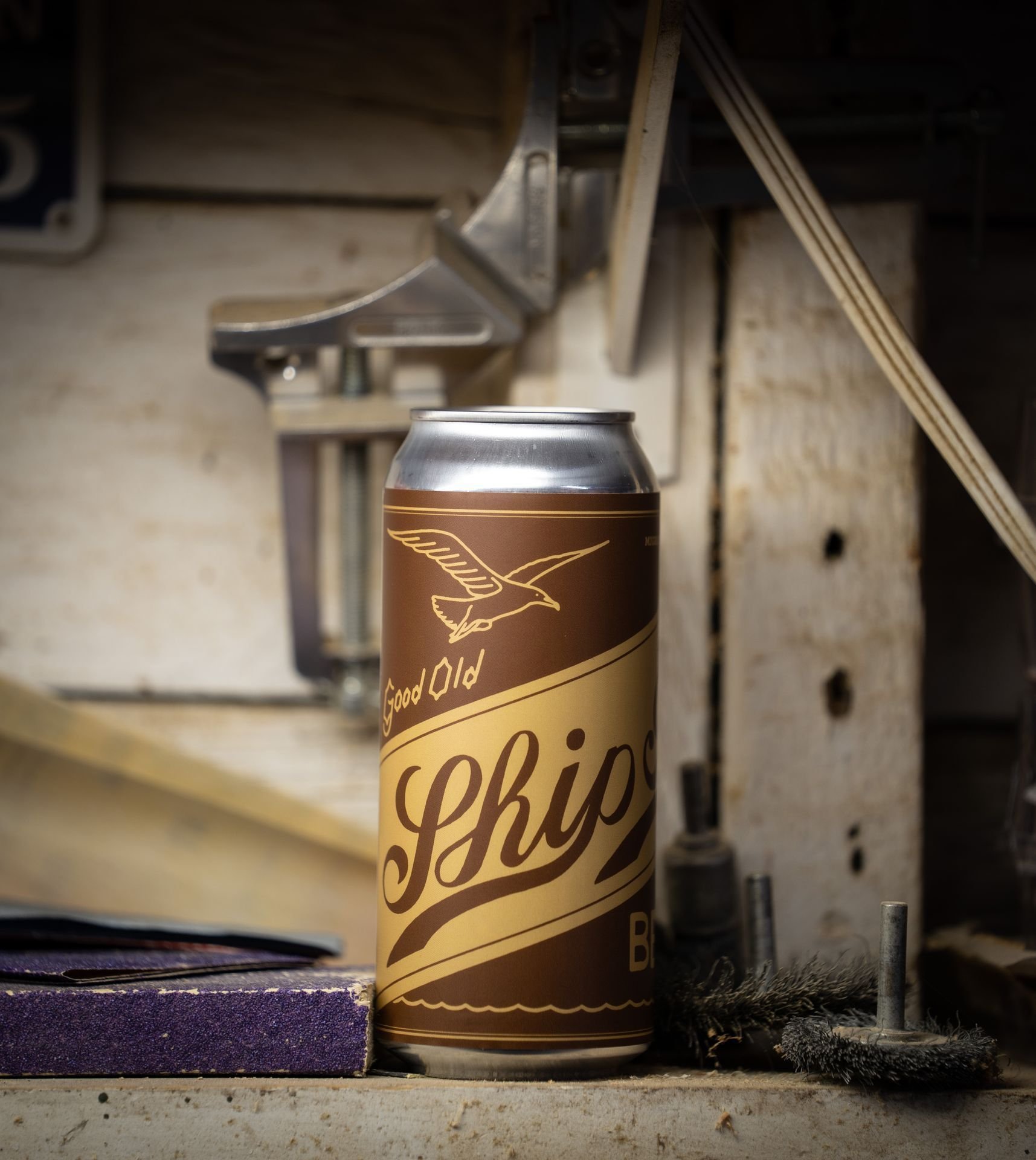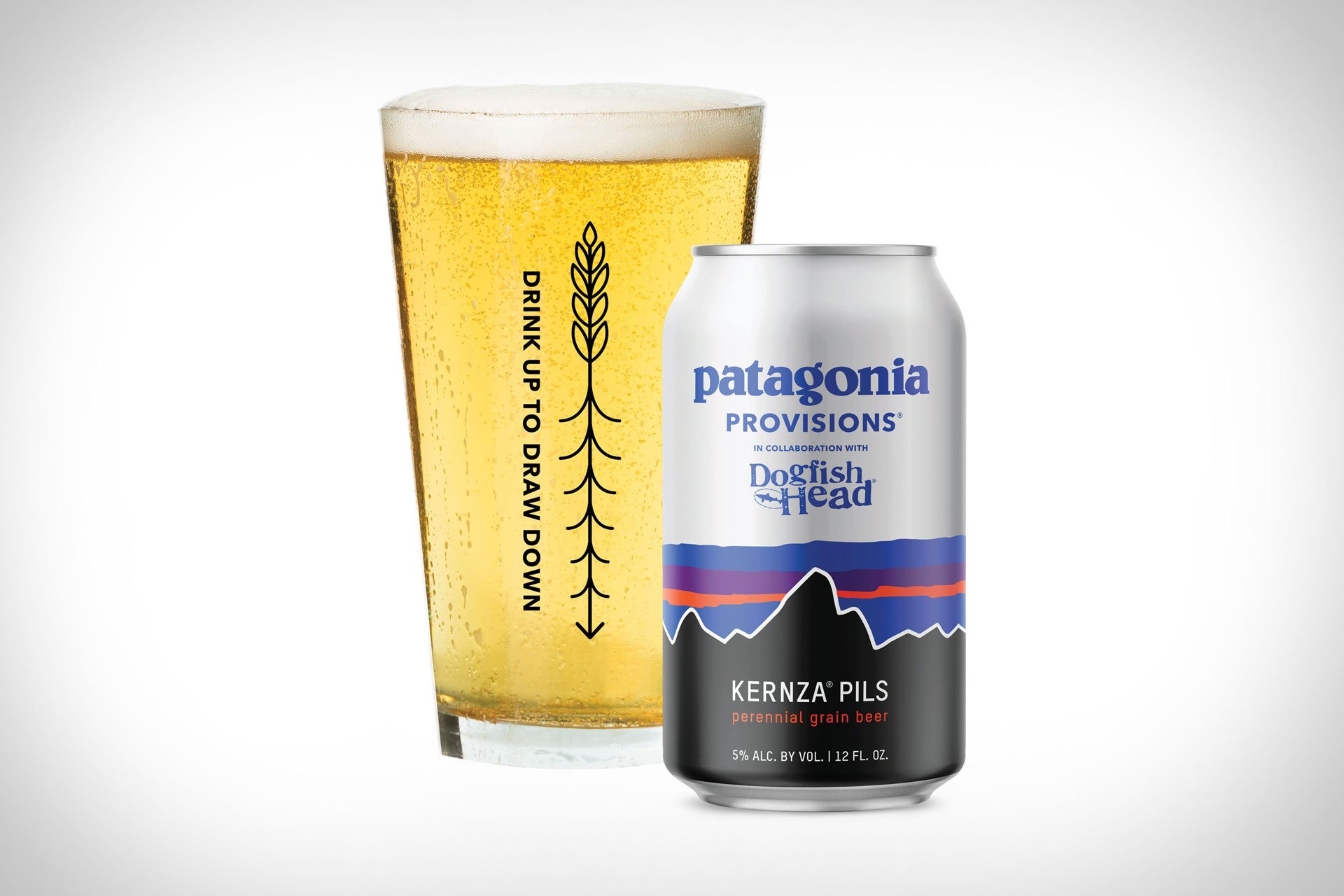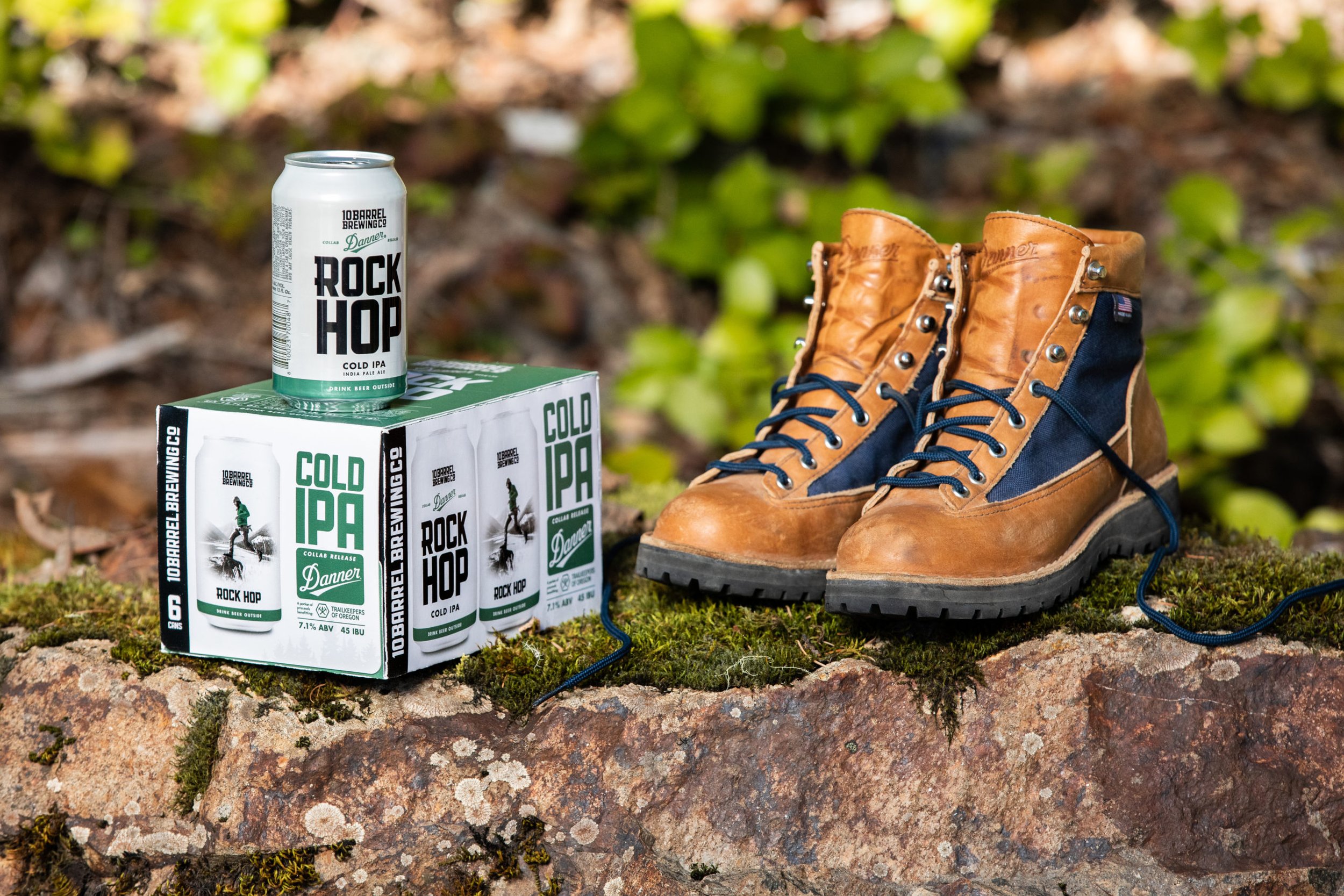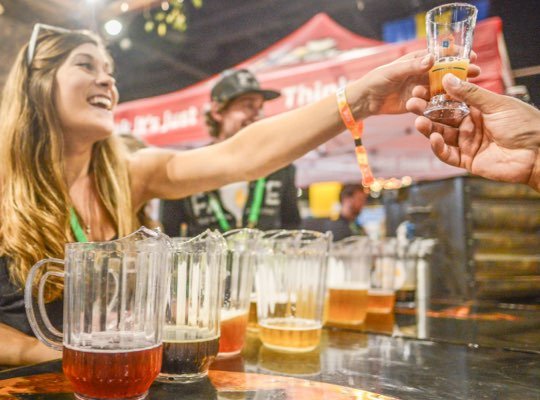The Future of Beer is Partnership
Creative Partnerships Extend Craft Beers Reach
one takeaway from the 2022 Great American Beer Festival was how beer can partner with out-of-the-box brands and identities to reach a new audience
The past couple of weeks you have probably seen several reports, write ups, videos, previews and reviews for the 40th Anniversary of Great American Beer Festival (GABF). Industry veterans posted photos taken with film cameras previous to this century, while new additions have been editing Reels to promote sponsored partnerships. There was an even mix of traditional and current media techniques by breweries and brewery suppliers. History of beer development and beer business is documented through books, blogs and other resources. I am not talking about how we got here, but where we are heading in the future.



It isn’t just about the quality of beer anymore. It’s also about the quantity of partnerships. Notice, I said, “also.” That doesn’t mean instead of, it’s in addition to. Your first critique might be something about the brewpub down the street that opened in 1994 and they are busy for dinner or something about a hype brewery with limited access beer. Those breweries exist, but I am talking about the majority of breweries left in the middle. Gone are the days of just the suppliers of yeast, malt and hops marketing to breweries. Suppliers are marketing directly to consumers, often through partnerships.
Since craft beer became mainstream, entrepreneurs that support breweries have increased in numbers and are using contemporary techniques to go after what little market share is available. Breweries have partnered with athletic clubs, nonprofits and each other to promote their beer. However, there is no limit to the type of partnerships available. A few stood out at GABF.
Distribution partnerships in Denver, CO have spiked as CSA Distributing (Crooked Stave Artisans) grows with intent. CSA is not just a beer distributor in the traditional sense, they intentionally sponsor events with themes, produce poster images for marketing and promote all brands, instead of just the biggest income generators. If you drank a hype beer or rare beer, CSA probably brought it into Colorado. Assertively using the CSA name as a sponsor or partner gets people excited for the next event they see.
Besides the increasingly common sponsored partnerships on platforms like Instagram, one company took the concept to another level. Bevana, a contract brewing and delivery service sponsored the Bevana Hype House. Women who regularly have paid sponsorships from beverage companies stayed in a house for the duration of GABF. They worked individually and as a group to promote Bevana prior to, during and after the festival. More partnerships weaved around the Hype House with a spa and apparel company joining in. Bevana is still considered a start up, but ensured funds to promote their services with social media users. Reading the bios of the Bevana team, there is experience and endurance. They can measure the success of their GABF Hype House campaign with inquiries to their products. Since Bevana markets to breweries and consumers, they took a bold step and got everyone talking about them.
Non-alcoholic beers were plentiful around the festival. Since most aren’t Brewers Association members at this time, they scooped up several booth sponsorships. Many end caps were filled with N/A beer brands, not just to get it to consumers, but to get into taprooms and brewpubs. If the brewery is unable to provide a house N/A beer, then they can carry it just like any other non house made offering. Most N/A beer brands had experienced marketers working their booths. Doing collaborations with traditional breweries is one of the ways N/A beers get noticed. I was asked several times by different N/A brands who I thought they could collaborate with.
Future GABF’s will continue to see creative partnerships using influencers, celebrities, distributors, suppliers and more.




